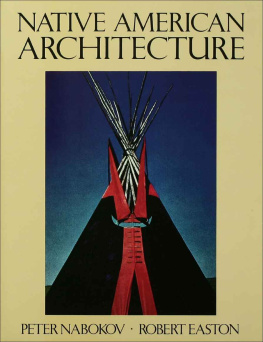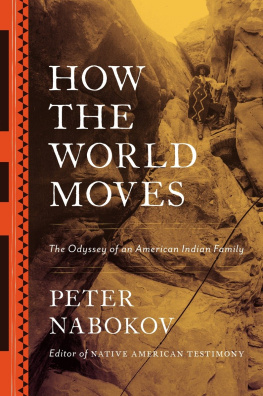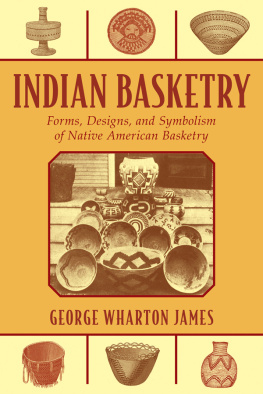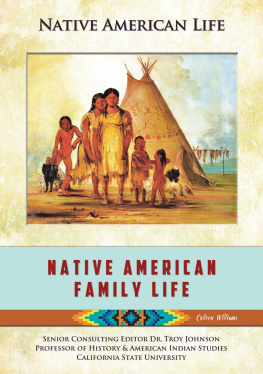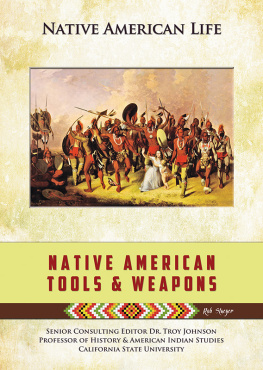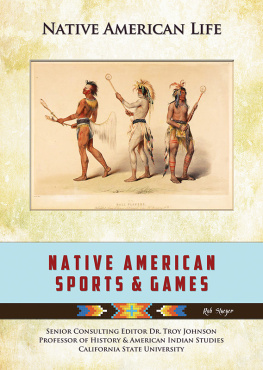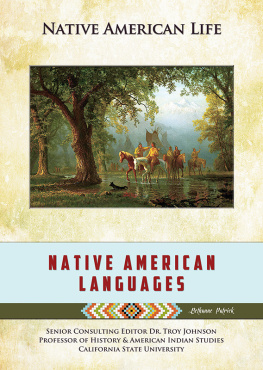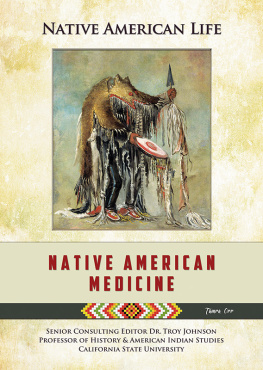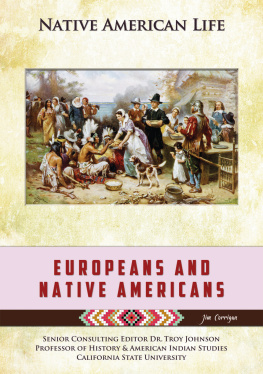Peter Nabokov - Native American Architecture
Here you can read online Peter Nabokov - Native American Architecture full text of the book (entire story) in english for free. Download pdf and epub, get meaning, cover and reviews about this ebook. year: 1988, publisher: Oxford University Press, genre: Home and family. Description of the work, (preface) as well as reviews are available. Best literature library LitArk.com created for fans of good reading and offers a wide selection of genres:
Romance novel
Science fiction
Adventure
Detective
Science
History
Home and family
Prose
Art
Politics
Computer
Non-fiction
Religion
Business
Children
Humor
Choose a favorite category and find really read worthwhile books. Enjoy immersion in the world of imagination, feel the emotions of the characters or learn something new for yourself, make an fascinating discovery.
- Book:Native American Architecture
- Author:
- Publisher:Oxford University Press
- Genre:
- Year:1988
- Rating:5 / 5
- Favourites:Add to favourites
- Your mark:
Native American Architecture: summary, description and annotation
We offer to read an annotation, description, summary or preface (depends on what the author of the book "Native American Architecture" wrote himself). If you haven't found the necessary information about the book — write in the comments, we will try to find it.
The collaboration between an architect and an anthropologist, Native American Architecture presents the first book-length, fully illustrated exploration of North American Indian architecture to appear in over a century. Peter Nabokov and Robert Easton together examine the building traditions of the major tribes in nine regional areas of the continent from the huge plank-house villages of the Northwest Coast to the moundbuilder towns and temples of the Southeast, to the Navajo hogans and adobe pueblos of the Southwest. Going beyond a traditional survey of buildings, the book offers a broad, clear view into the Native American world, revealing a new perspective on the interaction between their buildings and culture. Looking at Native American architecture as more than buildings, villages, and camps, Nabokov and Easton also focus on their use of space, their environment, their social mores, and their religious beliefs.
Each chapter concludes with an account of traditional Indian building practices undergoing a revival or in danger today. The volume also includes a wealth of historical photographs and drawings (including sixteen pages of color illustrations), architectural renderings, and specially prepared interpretive diagrams which decode the sacred cosmology of the principal house types.
Peter Nabokov: author's other books
Who wrote Native American Architecture? Find out the surname, the name of the author of the book and a list of all author's works by series.

